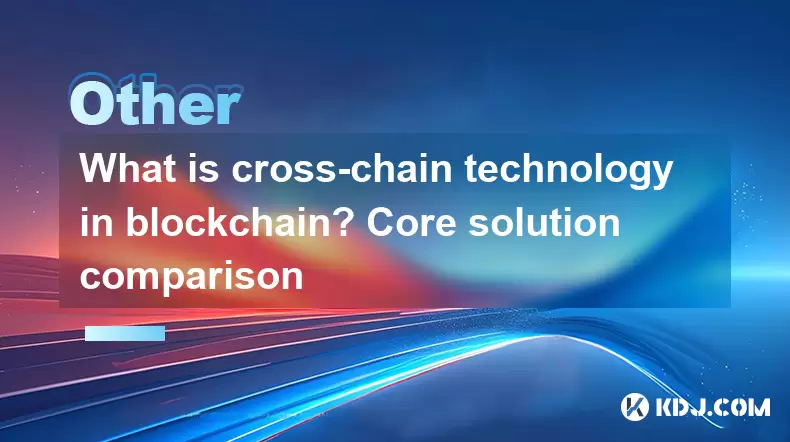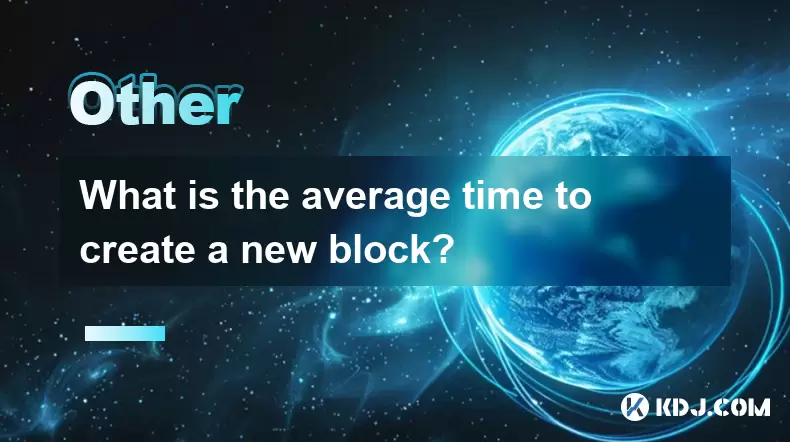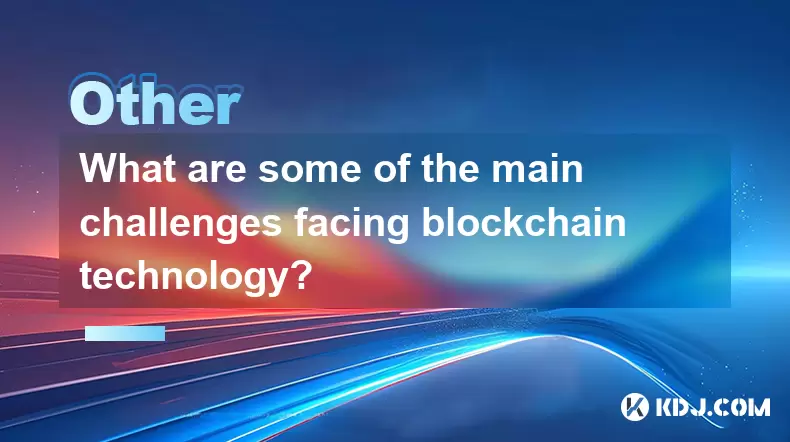-
 Bitcoin
Bitcoin $117500
2.15% -
 Ethereum
Ethereum $3911
6.19% -
 XRP
XRP $3.316
10.79% -
 Tether USDt
Tether USDt $1.000
0.01% -
 BNB
BNB $787.2
2.24% -
 Solana
Solana $175.2
4.15% -
 USDC
USDC $0.9999
0.00% -
 Dogecoin
Dogecoin $0.2225
8.40% -
 TRON
TRON $0.3383
0.28% -
 Cardano
Cardano $0.7868
6.02% -
 Stellar
Stellar $0.4382
9.34% -
 Hyperliquid
Hyperliquid $40.92
7.56% -
 Sui
Sui $3.764
7.63% -
 Chainlink
Chainlink $18.48
10.66% -
 Bitcoin Cash
Bitcoin Cash $582.1
1.88% -
 Hedera
Hedera $0.2601
6.30% -
 Avalanche
Avalanche $23.33
4.94% -
 Ethena USDe
Ethena USDe $1.001
0.02% -
 Litecoin
Litecoin $122.3
2.04% -
 UNUS SED LEO
UNUS SED LEO $8.969
-0.27% -
 Toncoin
Toncoin $3.339
0.86% -
 Shiba Inu
Shiba Inu $0.00001287
4.30% -
 Uniswap
Uniswap $10.43
7.38% -
 Polkadot
Polkadot $3.861
5.08% -
 Dai
Dai $1.000
0.02% -
 Bitget Token
Bitget Token $4.513
3.41% -
 Monero
Monero $267.7
-6.18% -
 Cronos
Cronos $0.1499
4.14% -
 Pepe
Pepe $0.00001110
5.15% -
 Aave
Aave $284.9
8.28%
What is cross-chain technology in blockchain? Core solution comparison
Cross-chain technology enables seamless asset and data transfers between different blockchains, enhancing interoperability and expanding the functionality of decentralized systems.
Jun 22, 2025 at 08:56 pm

Understanding Cross-Chain Technology in Blockchain
Cross-chain technology is a critical innovation in the blockchain ecosystem that enables interoperability between different blockchain networks. As blockchain systems evolved, they became increasingly fragmented, with each network operating in isolation. This fragmentation limited the ability of users and applications to interact seamlessly across chains. Cross-chain solutions aim to bridge these gaps by allowing assets and data to be transferred from one blockchain to another.
The concept behind cross-chain technology is not just about transferring tokens; it also involves enabling communication, verification, and execution of smart contracts across disparate ledgers. This functionality enhances the overall utility of blockchain systems, making them more flexible and interconnected.
How Does Cross-Chain Technology Work?
At its core, cross-chain technology relies on protocols and mechanisms that validate transactions across multiple blockchains. These mechanisms can include oracles, relays, sidechains, atomic swaps, and various types of bridges. Each method has its own way of ensuring trust and security while enabling cross-chain interactions.
One common approach is the use of hash time-locked contracts (HTLCs), which are used in atomic swaps to allow two parties to exchange cryptocurrencies on different blockchains without needing a trusted third party. Another method involves using relays, where a chain monitors events on another chain through a light client implemented on-chain.
Some systems employ trusted validators or federations that act as intermediaries between chains. These entities lock assets on one chain and mint equivalent tokens on the target chain, facilitating asset transfers.
Different Types of Cross-Chain Solutions
There are several types of cross-chain technologies currently in use, each with distinct advantages and limitations:
- Atomic Swaps: Enable peer-to-peer exchanges of cryptocurrencies across different blockchains without intermediaries.
- Sidechains: Independent blockchains connected via a two-way peg to the main chain, allowing assets to move freely between them.
- Bridges: Protocols that facilitate the transfer of assets and information between chains, often relying on smart contracts and external validators.
- Relay Chains: Serve as central hubs that connect multiple parachains, verifying their state transitions and enabling communication among them.
- Oracles: Provide external data to smart contracts, enabling cross-chain communication based on real-world events or other chain states.
Each solution varies in terms of decentralization, scalability, security, and complexity. For example, bridges are widely adopted but may introduce centralization risks depending on their design, while atomic swaps are decentralized but limited in scope and usability.
Comparing Core Cross-Chain Technologies
When comparing cross-chain technologies, several key factors come into play: security, decentralization, speed, cost, and compatibility. Here's how some major solutions stack up:
- Polkadot’s Relay Chain: Uses a shared security model where all parachains benefit from the relay chain’s consensus. Offers high interoperability and scalability but requires specific integration tools.
- Cosmos IBC Protocol: Enables sovereign blockchains to communicate via the Inter-Blockchain Communication protocol. Highly customizable but depends on validator honesty for finality.
- Ethereum-based Bridges: Many DeFi projects use bridges like Arbitrum Bridge or Polygon Bridge to move assets between Ethereum and Layer 2 networks. They are fast and efficient but have faced security breaches in the past.
- Chainlink CCIP: A proposed standard for cross-chain interoperability that uses oracles and threshold signatures. Still under development but promises secure and scalable communication.
- ThorChain: A decentralized liquidity network focused on native asset swaps. It offers direct token exchanges but requires deep liquidity pools to function effectively.
Each solution has trade-offs. For instance, Cosmos allows greater autonomy but sacrifices centralized oversight, while Polkadot provides strong security at the expense of flexibility.
Security Challenges in Cross-Chain Systems
Security remains a significant concern in cross-chain systems due to the increased attack surface introduced by interconnecting multiple chains. Vulnerabilities in any component—such as smart contracts, validators, or oracles—can compromise the entire system.
Common issues include reentrancy attacks, oracle manipulation, and malicious validator collusion. In 2022, several high-profile bridge hacks occurred, including the Wormhole and Ronin bridge exploits, which collectively lost hundreds of millions of dollars worth of assets.
To mitigate risks, developers implement measures such as multi-signature schemes, zero-knowledge proofs, and fraud detection algorithms. Additionally, audits and formal verification of smart contracts are crucial steps before deploying any cross-chain infrastructure.
Despite these precautions, no cross-chain solution is entirely immune to risk, and users must remain vigilant when interacting with such systems.
Frequently Asked Questions
What is the difference between a sidechain and a cross-chain bridge?
A sidechain is a separate blockchain connected to the main chain via a two-way peg, primarily used to scale or add features. A cross-chain bridge is a mechanism that allows assets and data to move between independent blockchains, regardless of whether they are sidechains or completely separate networks.
Can cross-chain technology work with non-smart contract blockchains like Bitcoin?
Yes, though it requires additional layers. For example, wrapped Bitcoin (WBTC) uses custodial bridges to represent BTC on Ethereum, while projects like Rootstock integrate smart contract capabilities with Bitcoin to enable cross-chain interactions.
Are there decentralized alternatives to centralized cross-chain bridges?
Yes, ThorChain and Chainflip are examples of fully decentralized cross-chain liquidity networks. They operate without custodians and rely on bonded validators to secure the network.
Why do some cross-chain protocols require locking assets instead of moving them directly?
Locking assets ensures consistency and prevents double-spending across chains. When assets are locked on one chain, equivalent representations are minted on the destination chain, maintaining supply integrity and preventing inflationary attacks.
Disclaimer:info@kdj.com
The information provided is not trading advice. kdj.com does not assume any responsibility for any investments made based on the information provided in this article. Cryptocurrencies are highly volatile and it is highly recommended that you invest with caution after thorough research!
If you believe that the content used on this website infringes your copyright, please contact us immediately (info@kdj.com) and we will delete it promptly.
- FTT Token's Wild Ride: Creditor Repayments vs. Market Drop - A New Yorker's Take
- 2025-08-08 07:10:12
- Floki Crypto Price Prediction: Riding the Robinhood Rocket or Just a Meme?
- 2025-08-08 07:15:12
- EigenLayer, Restaking, and Ethereum: Navigating the Hype and the Hazards
- 2025-08-08 06:30:12
- Super Bowl 59: Jon Batiste to Jazz Up the National Anthem
- 2025-08-08 06:30:12
- Cold Wallet Crypto in 2025: The Future is Now, Ya'll
- 2025-08-08 05:10:13
- MAGACOIN, SOL, and ADA: A Tale of Shifting Tides in Crypto
- 2025-08-08 05:10:13
Related knowledge

What is the purpose of a nonce in mining?
Aug 04,2025 at 05:56pm
Understanding the Role of a Nonce in Cryptocurrency MiningIn the world of cryptocurrency mining, the term nonce stands for 'number used only once.' Th...

Can data on a blockchain be deleted?
Aug 05,2025 at 04:00am
Understanding Blockchain ImmutabilityThe core principle behind most blockchain systems is immutability, which means that once data is recorded onto th...

What is the difference between on-chain and off-chain transactions?
Aug 02,2025 at 04:22pm
Understanding On-Chain TransactionsOn-chain transactions refer to digital asset transfers that are recorded directly on a blockchain ledger. These tra...

What is the average time to create a new block?
Aug 06,2025 at 09:21pm
Understanding Block Creation in Blockchain NetworksThe average time to create a new block varies significantly depending on the specific blockchain pr...

How are blocks linked together?
Aug 04,2025 at 06:56am
Understanding the Structure of a BlockchainA blockchain is a decentralized digital ledger composed of a sequence of blocks, each containing a list of ...

What are some of the main challenges facing blockchain technology?
Aug 07,2025 at 02:58am
Scalability Constraints in Blockchain NetworksOne of the most persistent challenges in blockchain technology is scalability. As blockchain networks gr...

What is the purpose of a nonce in mining?
Aug 04,2025 at 05:56pm
Understanding the Role of a Nonce in Cryptocurrency MiningIn the world of cryptocurrency mining, the term nonce stands for 'number used only once.' Th...

Can data on a blockchain be deleted?
Aug 05,2025 at 04:00am
Understanding Blockchain ImmutabilityThe core principle behind most blockchain systems is immutability, which means that once data is recorded onto th...

What is the difference between on-chain and off-chain transactions?
Aug 02,2025 at 04:22pm
Understanding On-Chain TransactionsOn-chain transactions refer to digital asset transfers that are recorded directly on a blockchain ledger. These tra...

What is the average time to create a new block?
Aug 06,2025 at 09:21pm
Understanding Block Creation in Blockchain NetworksThe average time to create a new block varies significantly depending on the specific blockchain pr...

How are blocks linked together?
Aug 04,2025 at 06:56am
Understanding the Structure of a BlockchainA blockchain is a decentralized digital ledger composed of a sequence of blocks, each containing a list of ...

What are some of the main challenges facing blockchain technology?
Aug 07,2025 at 02:58am
Scalability Constraints in Blockchain NetworksOne of the most persistent challenges in blockchain technology is scalability. As blockchain networks gr...
See all articles

























































































